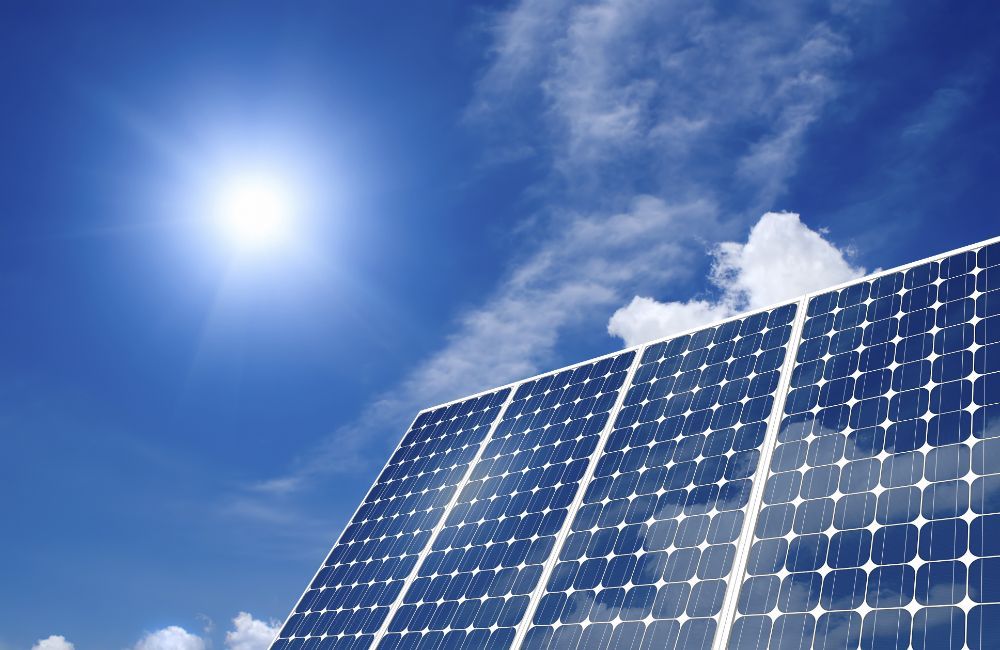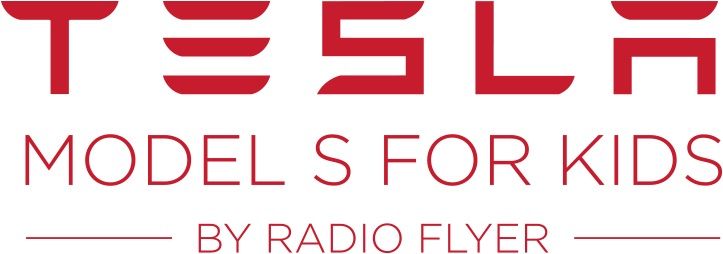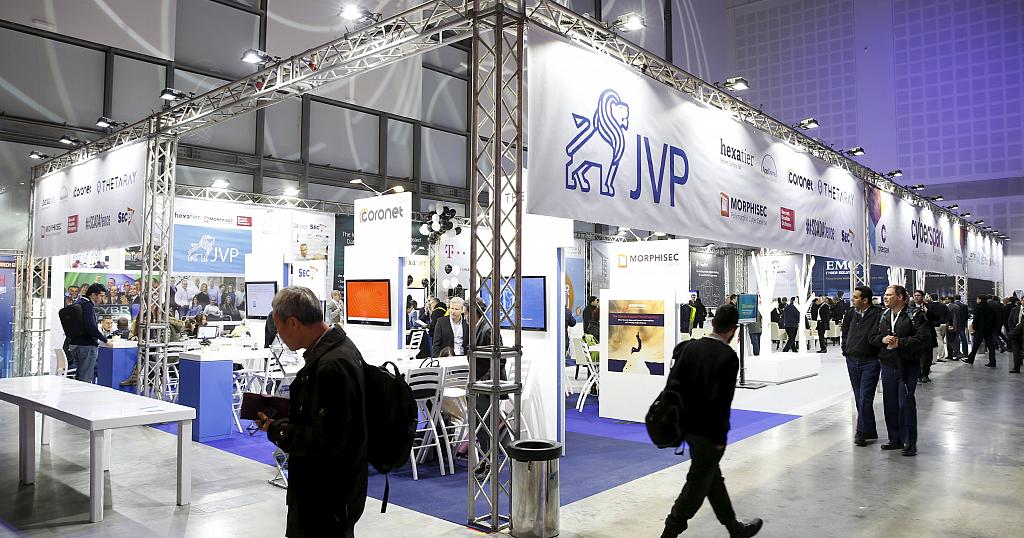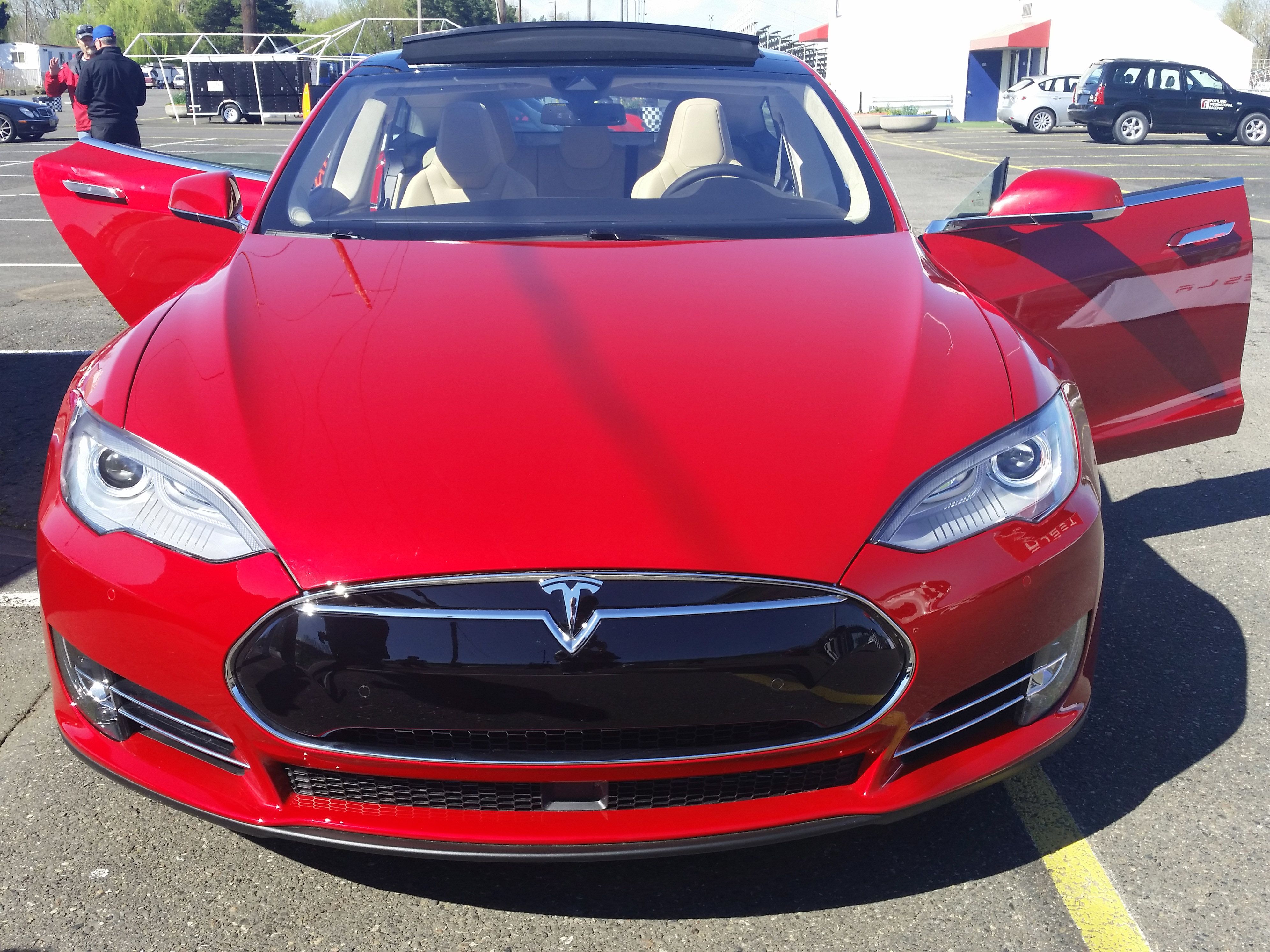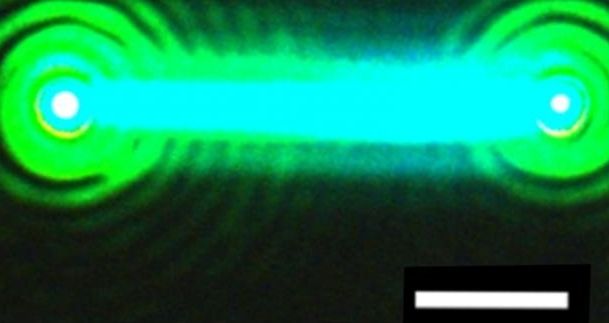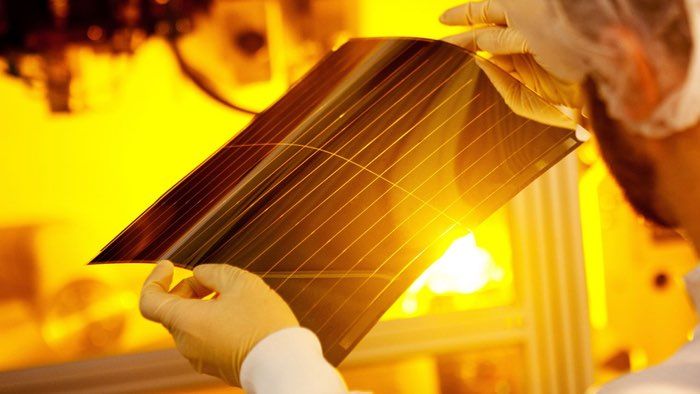No source of energy is perfect and one of the traditional drawbacks of solar energy has been that it’s tough to generate new power when it’s dark outside. However, SolarCity announced this week that it’s taken a big step toward fixing this problem by agreeing to use Tesla’s 52 MWh Powerpack lithium-ion battery storage system for its massive solar power project that it’s building in Hawaii for the Kaua’i Island Utility Cooperative (KIUC). SolarCity, of course, is chaired by Tesla CEO Elon Musk so the decision to go with the Powerpack is pretty convenient for both companies.
MUST READ: The FBI has laid a clever trap for Apple
SolarCity says it believes that its collaboration with Tesla will produce “the first utility-scale system in the U.S. to provide dispatchable solar energy, meaning that the utility can count on electricity being available when it’s needed, even hours after the sun goes down.” To be clear, using the Powerpack won’t completely eliminate the need for non-solar resources at night since it’s projected to feed up to 13 megawatts of electricity onto the grid, which will only reduce the amount of power used by non-renewable sources.
